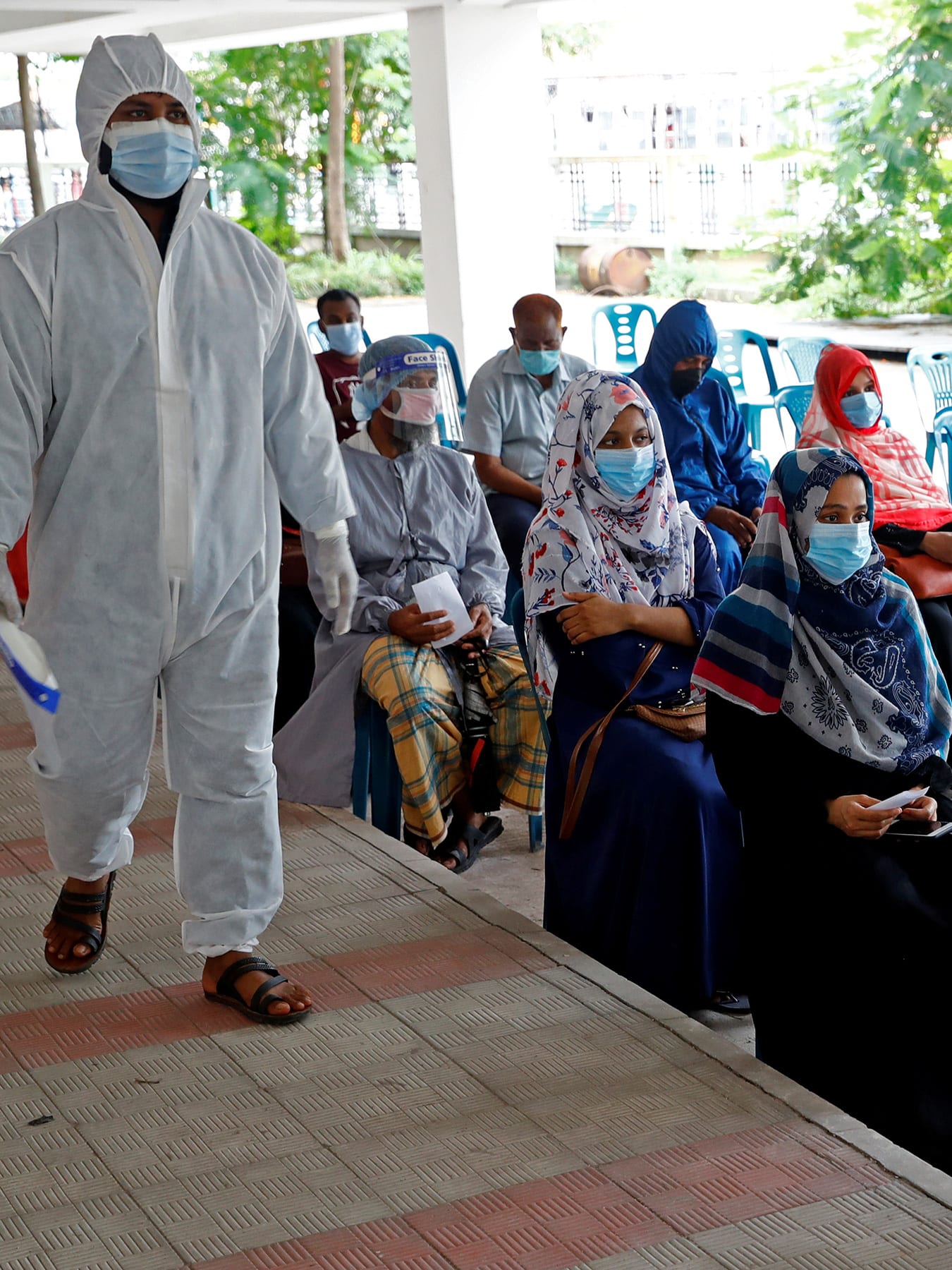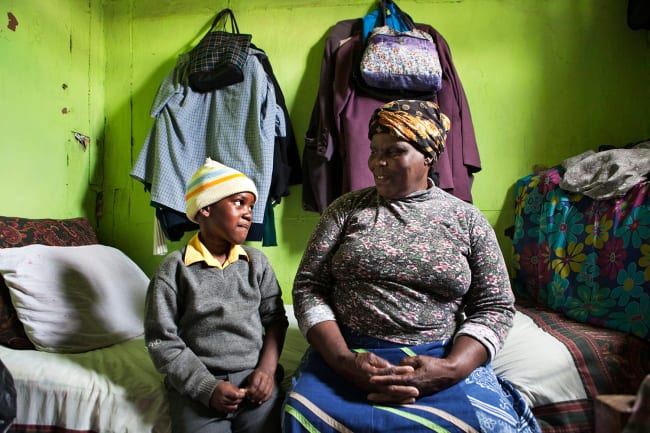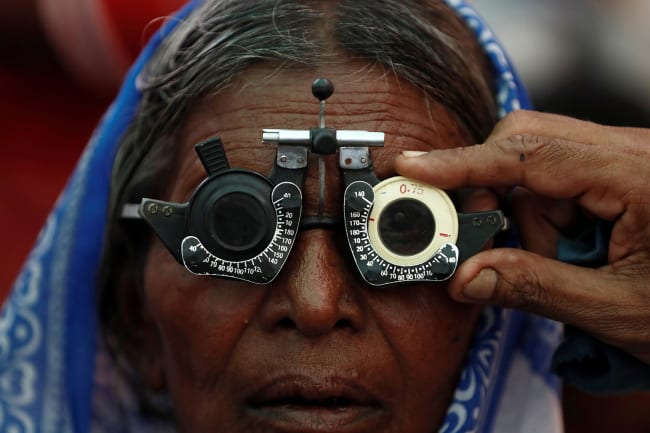Half of all medical equipment in Bangladesh's public health facilities—hospital beds, ventilators, nebulizers, refrigerators, and vehicles—goes unused. Meanwhile, in Uganda, ultrasound machines are overused for a small number of patients, while many in need go without. In Ukraine, about 40 percent of adults have had to borrow money or sell assets to afford medical treatment.
Health spending was growing an average 6 percent per year in low- and middle-income countries before the pandemic
Why such painful gaps and discrepancies? A major reason is that many countries lack evidence-informed health policies for purchasing, financing, and covering drugs; medical devices; and surgical procedures. That leads to inefficient or unequal health care for their people. This is particularly true in low- and middle-income countries, where health spending was growing an average 6 percent per year compared with 4 percent in high-income countries before the pandemic. Yet per a WHO report, many individuals rarely reap those benefits.

Meanwhile, governments support only about 40 percent of all health spending on primary care, which is a basic need. Essential medicines are also not well defined or financed—some 35 percent of health spending per country comes from out-of-pocket payments. The result is that every year, medical expenses push nearly 100 million people into extreme poverty.
Every year, medical expenses push nearly 100 million people into extreme poverty
There's another urgent side to these questions. When COVID-19 vaccines and therapies hit the market, how will countries allocate limited funds to get best value for their money with the purchase of these new treatments and cures? How will they prioritize who gets them and which families and communities will therefore benefit? Global health donors, beneficiaries, and implementing partners—always strained by competing priorities and limited resources—are increasingly turning to health technology assessment, (HTA) to set priorities and allocate precious resources.
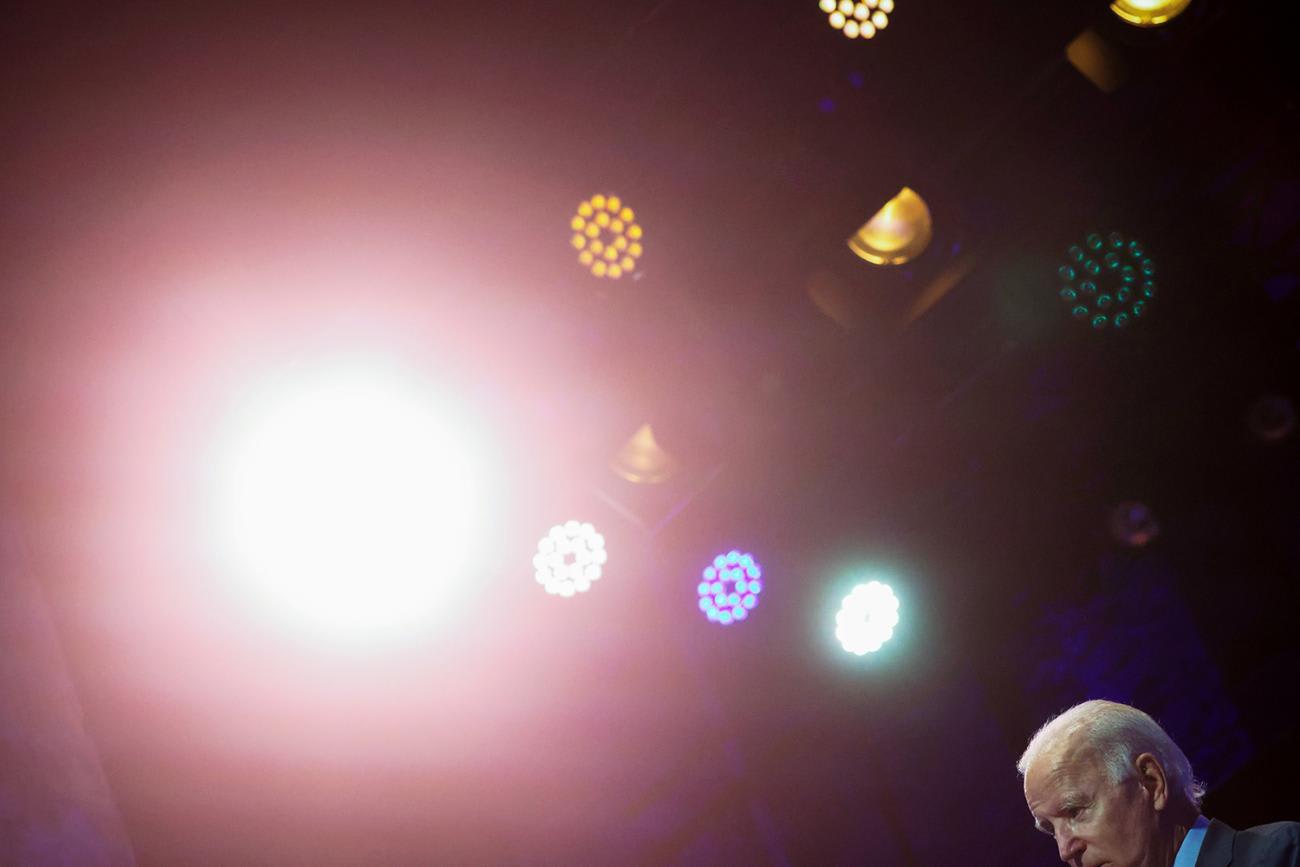
What Are Health Technology Assessments?
Pioneered in the United States in the early 1970s, a health technology assessment is a multidisciplinary process for determining the value of any type of health technology—a drug, a vaccine, a diagnostic test, some medical procedure, or a device. Many low- and middle-income countries now use health technology assessments to make complex decisions about how to parcel out scarce financial and medical resources at the national level.
The idea is to give all people access to the health services they need, when and where they need them, without financial hardship
For example, the organization where I work, Management Sciences for Health, helped Ukraine's government launch the country's first unit of health technology assessment in early 2019 to make health care recommendations to the ministry of health based on safety, clinical efficacy, and cost. Medicines and services for different conditions now include those for noncommunicable diseases like diabetes as part of its publicly financed benefits package, granting access to high-quality drugs while saving Ukrainians some $28 million. Health technology assessment is also essential for solving the challenge of universal health coverage (UHC), the provision of which is encouraged and enshrined by a United Nations General Assembly resolution in 2012—a goal to which almost all of the world's countries have committed. The idea is to give all people access to the health services they need, when and where they need them, without financial hardship.
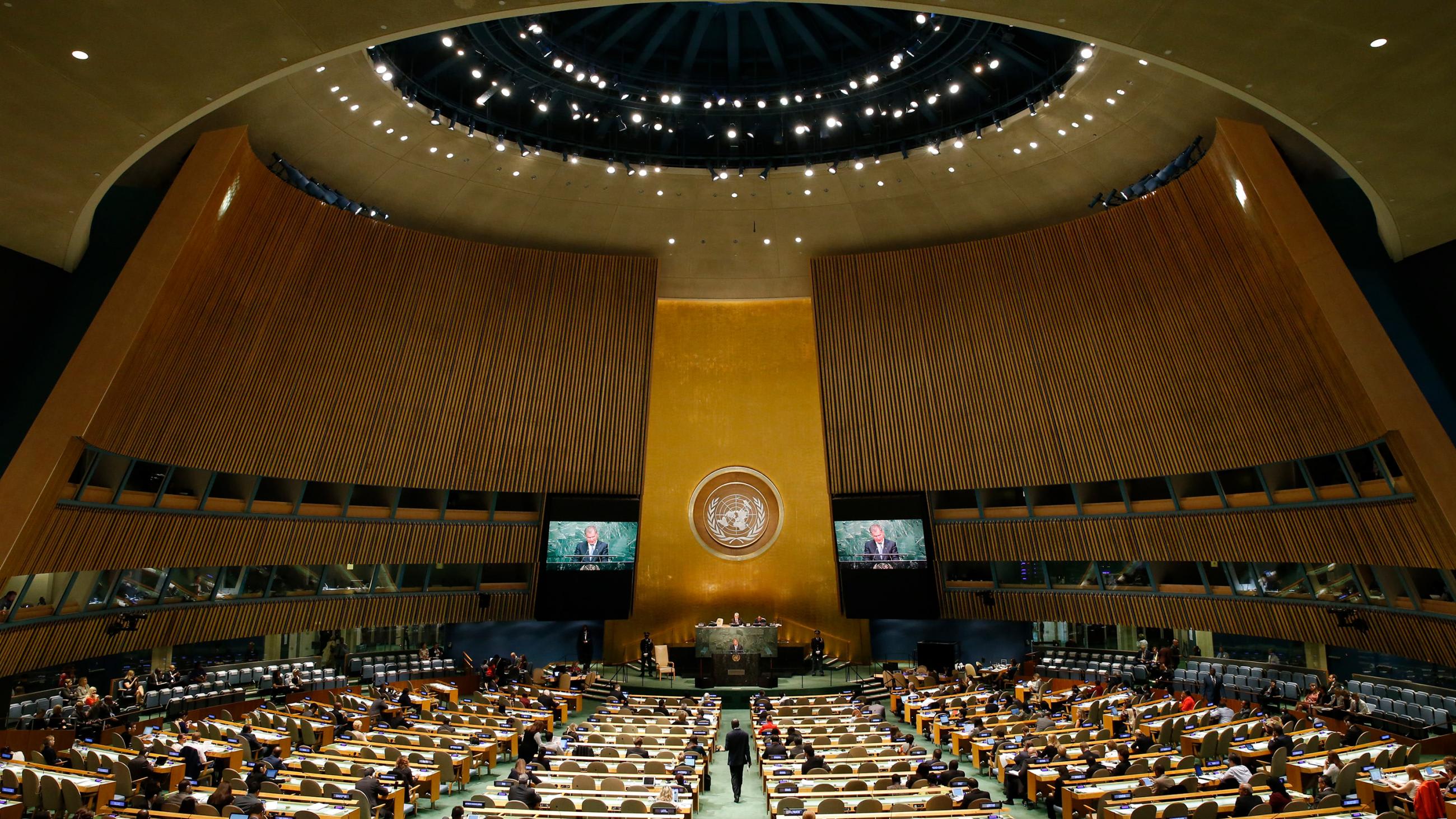
Nonetheless, like universal health coverage, health technology assessment is susceptible to political vagaries, and not just in low-resource settings. A classic example is the U.S. Office of Technology Assessment, which was disbanded in 1995 when the senate suddenly deemed it wasteful, despite its relatively tiny budget.
Relaying decisions on health technology assessment can better equip health-care systems going forward
Decisions need to be based on the best available evidence and guided by scientific principles, especially during a pandemic. Instead, earlier this year, Madagascar's president touted the benefits of an unproven herbal remedy branded "COVID Organics" as a cure for COVID-19. Soon, five other African countries placed orders for the elixir to protect their populations from the virus. Relaying decisions on health technology assessment can also better equip health-care systems going forward, to help them address the critical work that is left to control HIV/AIDS, TB, malaria, neglected tropical diseases, and the increasing burden of noncommunicable diseases everywhere, which COVID-19 has thrown into turmoil.
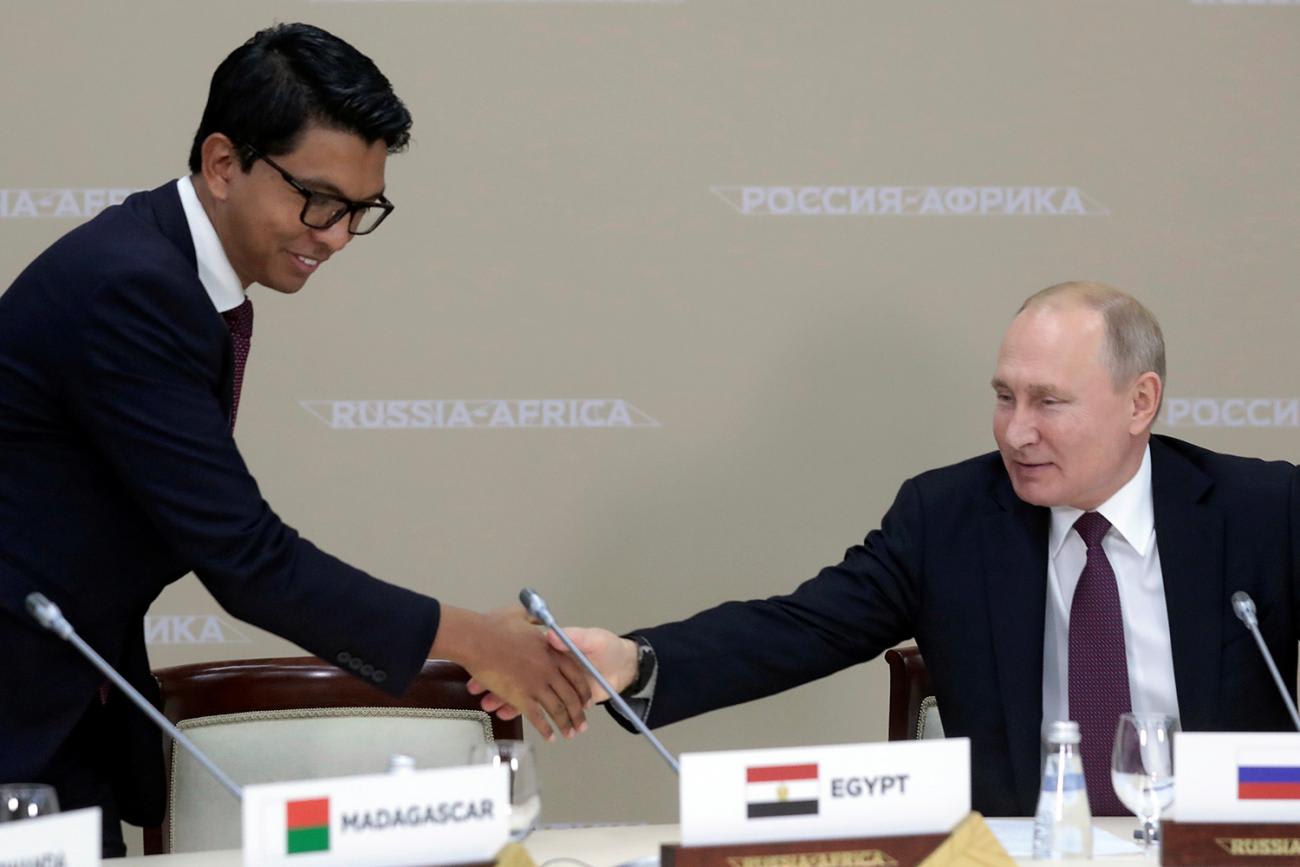
Putting Health Technology Assessments into Practice
Yet according to a 2015 WHO survey, while most countries indicated they have some kind of process for health-care policy decision-making, fewer than half had laws to support the outcomes of their analyses. How can they, therefore, institute and leverage health technology assessment as a critical tool?
Even a lower-income country can make impressive gains, helping its people live longer, healthier lives
First, they can seek internal political support and then benchmark existing assessment models, adapting best practices from other countries. They need to build their own local and regional capacity to inform policy-making. Countries must also commit the financial and human resources for sustainable health technology assessment. Management Sciences for Health has just published a resource guide to assist. They may also need help from outside their borders. Donors and global health professionals should take note and work health technology assessments firmly into their planning. As we struggle to contain the current pandemic, our health-care needs will only increase. Short of a global windfall, countries must avoid waste and make do with available resources. Even a lower-income country can make impressive gains, helping its people live longer, healthier lives. Applying health technology assessment smartly to inform their own policies can make a little go a long way.
